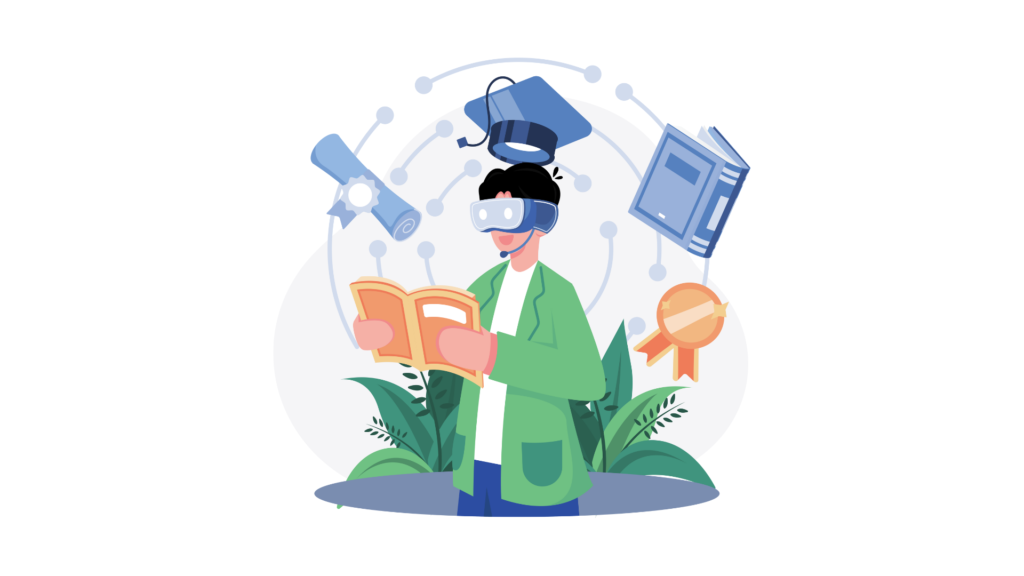
Artificial Intelligence (AI) has made significant strides in recent years, with one of its most exciting fields being Reinforcement Learning (RL). RL is a branch of machine learning that enables agents to learn by interacting with their environment. Instead of being explicitly programmed with rules, an RL agent improves through trial and error, maximising rewards while minimising penalties. This approach has led to breakthroughs in robotics, gaming, finance, and more. In this blog, we’ll explore the fundamentals of RL, its key components, and its real-world applications.

Reinforcement Learning is based on an agent-environment interaction model where an agent takes actions, receives feedback, and adjusts its behavior accordingly.
– Key Elements of RL:
– Agent: The decision-maker (e.g., a robot, an AI system).
– Environment: The external system with which the agent interacts (e.g., a chessboard, a driving simulator).
– Actions: The choices available to the agent.
– Reward Signal: Feedback received for actions taken.
– Policy: The strategy that dictates the agent’s actions.
– Example: In an AI-powered self-driving car, the agent (car) learns to drive by interacting with its environment, receiving rewards for correct turns and penalties for mistakes.

One of the key challenges in RL is balancing exploration (trying new actions) and exploitation (using known successful actions).
– Exploration: The agent tests different strategies to discover better solutions.
– Exploitation: The agent follows the best-known strategy to maximise rewards.
– Example: A chess-playing AI must explore new moves to discover better strategies rather than repeating past moves that worked.

Several RL algorithms help agents learn in different ways. Some of the most widely used include:
– Q-Learning: A model-free algorithm where the agent learns the value of actions without needing a model of the environment.
– Deep Q-Networks (DQN): A deep learning-based RL approach that uses neural networks to approximate action values.
– Policy Gradient Methods: These focus on learning the best policy directly rather than relying on value functions.
– Actor-Critic Methods: These combine value-based and policy-based approaches for improved efficiency.
– Example: OpenAI’s Dota 2 AI used policy gradient methods to train agents for high-level competitive gaming.

Reinforcement Learning has transformed various industries by enabling AI systems to learn complex decision-making tasks.
– Gaming: AI-powered bots trained via RL have defeated human players in games like Go (AlphaGo) and Dota 2.
– Robotics: RL enables robots to learn tasks such as grasping objects, walking, and navigating autonomously.
– Finance: AI agents use RL for portfolio management, trading, and fraud detection.
– Healthcare: RL is used in drug discovery, personalised treatment plans, and robotic surgeries.

Reinforcement Learning is a powerful technique that allows AI agents to learn from experience and improve decision-making over time. From robotics to gaming and healthcare, RL is transforming multiple industries, making AI systems more autonomous and intelligent. As research advances, RL will continue to play a crucial role in solving real-world problems, pushing the boundaries of what AI can achieve. Understanding RL concepts is key to unlocking its potential and shaping the future of AI-driven solutions and for more such blogs, visit our website today!
